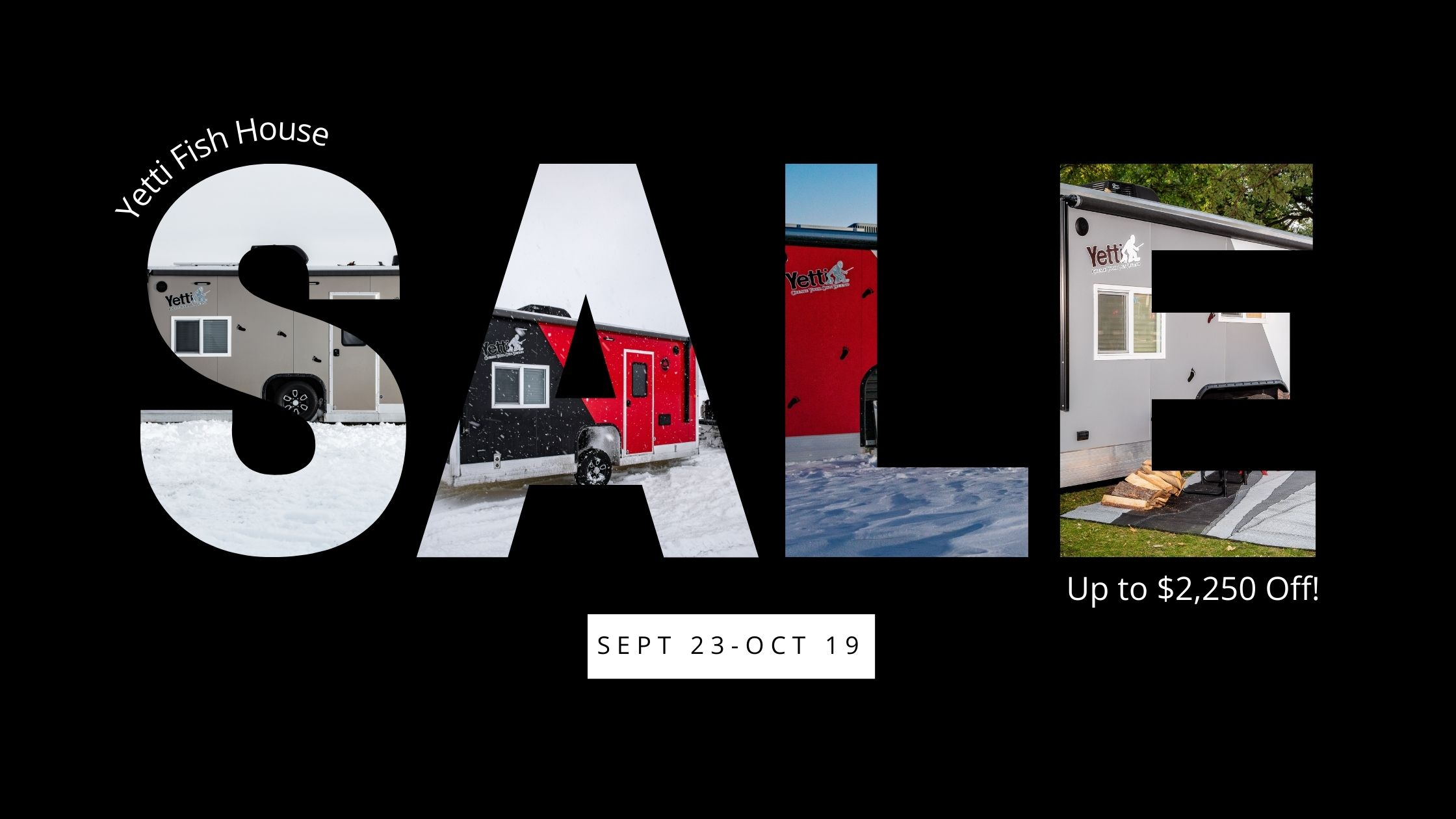eatSleepWoof
Do it for the 'gram
Bigfoot is a good example of a well made trailer. I don't know if Bigfoot does all of this, but you need three key elements to be truly four season capable:
Heating pads on the tanks and insulation on the plumbing lines.
A "skid pad" that fully covers the bottom of the frame AND is insulated ( I prefer aluminum with a layer of insulation on one side).
Heating vents into all areas under the cabin floor and within the frame that contain tanks and plumbing.
BigFoot trailers have a fully enclosed (fibreglass) bottom. They basically have two floors, one that you walk on, and below that, a sub-floor with the tanks. Heating ducts run into the sub-floor, so water tanks and all related components are heated by the same warm air that heats the main living area.
How would the Bigfoot do on miles of NV wash boards with solid axel?
I wouldn't have the slightest worry about that. Air down the trailer, slow down as needed (ie. the same things I'd do with literally any trailer on washboard) and have fun. Independent arm suspension won't give you any measurable benefit on washboard. It may help in some very tricky off-road terrain, but even there, the benefits will be marginal (ie. keeping the trailer more level vs. a solid axle).
Good point. Four season capability and off road capability are not the same thing. I've often wondered why well built fiberglass trailers like Bigfoot and Oliver don't put more capable independent suspensions on their trailers. It's probably because the aluminum frames aren't designed for it.
The North American market simply doesn't demand it. People here camp in RV parks, not in the "outback" (ie. Australian use case). But a typical solid axle & leaf spring setup is also easier to service, replace, modify, etc.


